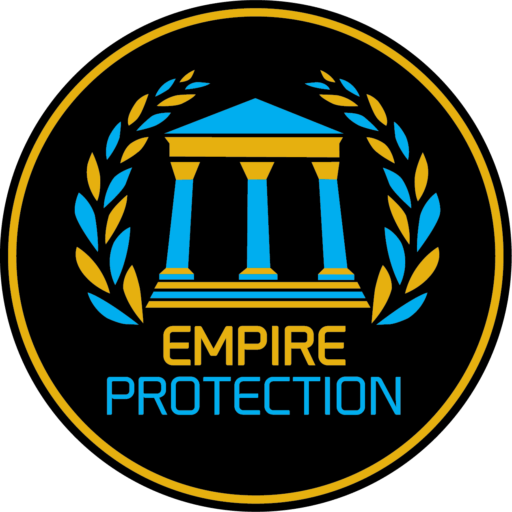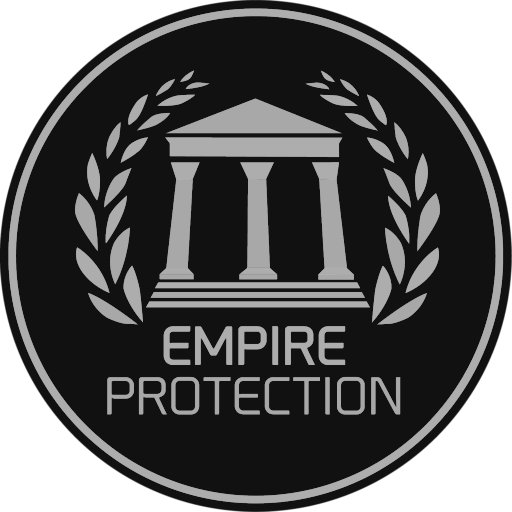Protecting Business Leaders- The Rising Demand for Executive Protection Programs
Introduction
High-profile executives and business leaders today are facing an uptick in targeted threats, ranging from stalking to fatal attacks. The recent kidnapping of WonderFi’s CEO, the assassination of UnitedHealthcare’s CEO, and the stalking incident involving Apple’s CEO all highlight the serious threats executives face both at work and at home. Beyond the fear, physical harm, and unfortunate loss of life, such incidents can inflict severe financial and reputational harm on the organizations, causing disruptions in leadership, shareholder confidence, and overall business operations.
These recent high-profile incidents have highlighted a sobering truth: high-profile executives and business leaders are increasingly under threat. These unsettling cases are prompting more organizations to reassess the importance of an
Executive Protection Program (EP)—a program designed to protect executives, mitigate risks, and safeguard their personal well-being regardless of their whereabouts.
The benefits of Executive Protection measure far beyond traditional security. A well-trained EP Agent functions as an extension of your existing team, streamlining travel arrangements, and reducing scheduling complications, so executives can focus on what they do best without unnecessary interruptions.
Background: An Evolving Risk Landscape
The modern world brings unprecedented access to information and widespread visibility of public figures, which magnifies potential threats—from disgruntled former employees to opportunistic criminals. The Ontic Center for Protective Intelligence conducted a survey of more than 300 senior executives and found that between 2003-2021, there were 206 total reported incidents against senior leaders – 86% of them being physical attacks. The potential fallout includes not just personal harm but business disruption, damaged brand reputation and potential legal liabilities. At least 33% of these senior leaders, did not have executive protection personnel present at the time of the attack (Ontic, 2021). While these cases are extreme, they illustrate the kinds of risks executives consistently face.
Heightened Vulnerabilities for C-Level Executives
Most CEO’s do not want security for a myriad of reasons. From undercutting their reputation, being bad for business or simply finding it unnecessary, security doesn’t take precedence. The reality is these individuals typically manage medium to large scale organizations and hold valuable intellectual property and assets. The nature of their work, their profile, and their personal wealth all make them prime targets for:
- Physical attacks
- Kidnapping and ransom attempts
- Cyberstalking and harassment
In November 2024, the CEO of the Canadian crypto firm Wonderfi, Dean Skurka, was kidnapped in broad daylight, held for ransom, only to be released unharmed upon having the ransom paid (CBC, 2024). But cases like this one are becoming increasingly common as we live in an age of digital information. Details such as where a CEO works from, has lunch or a drink, is open-source knowledge for those who know where to look. Criminals are getting smarter at tracking their targets, understanding their lifestyle, before carrying out their attacks. The next critical step for organizations is to turn these insights into actionable strategies—namely, the core elements of an executive protection program.
Key Elements of an Executive Protection Program

Executive Protection Programs have key elements that make them effective. Comprehensive risk assessments implement proactive measures that deter threats and mitigate security risks. Protective measures such as close protection during public appearances, security details at executive residences, and intelligence gathering to proactively identify threats are all key elements of an executive protection program. A successful EP program addresses the physical, cyber, and reputational risks that executives face.
Risk Assessment
Risk Assessments provide an in-depth look at the principal’s life, career, lifestyle, public exposure, travel patterns, local security conditions and geopolitical climate. This will identify the physical, cyber and reputational risks, but more importantly establish the Principal’s Pattern of Life (POL).
Picture a typical day in the life of an executive. Starting with an early morning, followed by going to the gym, breakfast, a long day at the office, before heading home. The EP team will need to develop strategies to mitigate risk and ensure protective measures are in place but remaining adaptable in their delivery. The risk assessment starts with the principal and extends to their known locations such as the office and residence.
Advance Planning
Advance Planning helps protect a principal both physically and professionally. EP Agents can ensure a smooth, safe, and successful day for their client, through careful planning and preparation of the principal’s movements, coordination with venues, and personnel vetting.
The largest risk known to any executive is when they are arriving or departing a location. As seen with the CEO of UnitedHealthcare, Brian Thompson, who was attending a conference last in downtown New York, where he was shot and killed. The shooter had been lying in wait outside the conference venue where it was known that Mr. Thompson was scheduled to speak. Bad actors target known locations, conduct surveillance and pick the least protected point for their attack. Advance Planning can help prevent incidents like this.
Close Personal Protection
Close Personal Protection is the service of safeguarding high-profile individuals from potential threats, by providing close body protection. Personal Protection, encompasses conducting risk assessments, strategic planning, and proactive surveillance, ensuring proactive results. This includes escorting the client, providing
secure transportation, assessing travel risks, securing
event venues,
residential security details, and remaining prepared for emergency situations—all with the goal of ensuring the client’s safety and peace of mind. If done correctly, these services will keep them safe, save time and optimize daily operations.
Intelligence-Driven Risk Management
Intelligence-Driven Risk Management is a proactive approach leveraging actionable intelligence to identify, analyze, and mitigate risks. By analyzing publicly available information, monitoring social media platforms and global events, intelligence monitoring provides ongoing surveillance of potential threats in real time. Identifying emerging risks, protects the executive’s digital footprint and enables decision-makers to take preventive measures to safeguard individuals, assets, and operations. Apple CEO Tim Cook had a run-in with a stalker when the individual located his address online and even managed to get inside the residence to drop off flowers and a card.
Crisis Management & Response
Crisis Management & Response are critical in getting the principal off the "X" and out of the target zone. It provides a structured approach responding to emergencies and quick decision-making required to remove the principal from immediate danger. A well-prepared executive protection team anticipates potential risks through contingency planning and scenario-based training, enabling them to respond swiftly and decisively in high-pressure situations. By combining proactive planning with rapid execution, crisis management ensures the principal's safety.
Conclusion
As security threats continue to evolve, organizations must be proactive in protecting themselves and their leaders. Examples discussed throughout this article and related incidents serve as simple reminders that personal safety of corporate leaders can no longer be taken for granted. By working with a security firm and building a comprehensive Executive Protection Program corporations can maintain the personal well-being of their leaders while protecting the integrity of their brand and reputation.
A successful EP Program is like a tailored suit—off-the-rack solutions may cover the basics, but true protection requires a precise fit, adjusted to the client's specific risk profile and needs. In a world where physical and digital risks are constantly changing, a robust executive protection program isn’t a luxury—it’s an essential investment in the longevity and success of any enterprise.



